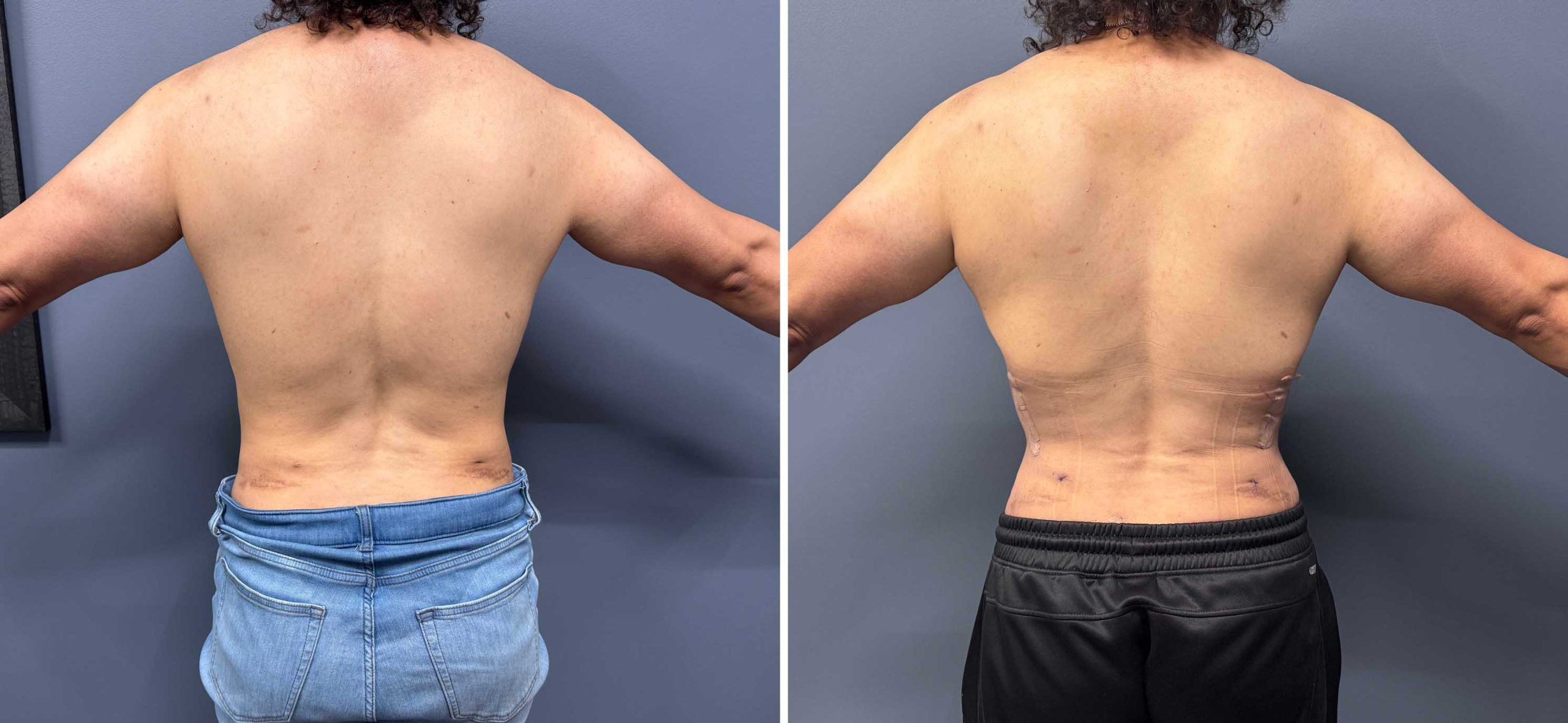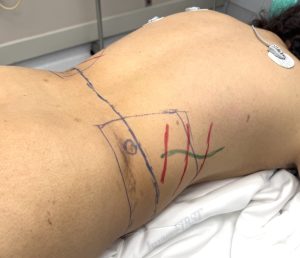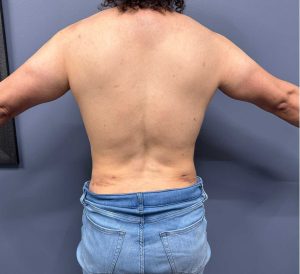Background: Rib removal surgery of various forms is becoming more recognized body contouring procedure. Ten years ago when I started doing the surgery it was only perceived as a myth and a dangerous undertaking. Today it is more commonly done and is performed in numerous variations from actual rib removal to rib fractures. It is losing the stigma of being a procedure that is associated with high risks and potential complications…which has never been the case in my experience. Conversely the procedure risks is really one of aesthetic effectiveness, how much result in waistline reduction can be obtained.
The increasing use of rib modification surgery is primarily because it is being done in tandem with other waistline/torso procedures such as BBL surgery. It is done as an adjunct to an otherwise primary body contouring surgery particularly the rib fracture method. As a result it is hard to quantitate how much the rib surgery truly contributed to the final result. The true effects of any rib procedure can really only be judged when it is performed in isolation particularly when the patient has exhausted the need, or never qualified, for any other waist reduction procedures.
There tends to be two types of patients that present for rib waist surgery, a cis-female who often is thin or has already had BBL surgery (thinner soft tissue layers) or the transfemale. While many transfemales can be thin/lean some have inherently thicker soft tissue layers in the torso. These represent two different body types and anatomy which can affect how rib modification surgery should be performed and how effective it can be.
Case Study: This patient had a history of being a long standing power lifter and previously weighed as much as 300lbs. But at the peak of their power lifting weighted a solid 250lbs. Subsequently they stopped weight training at that level and dropped weight to 180lbs. Now they desired to have a more visible waistline which is challenging to do when the tissues are so thick and the torso shape is wide. The approach to waistline surgery must be an aggressive one if any result is to be seen at all.
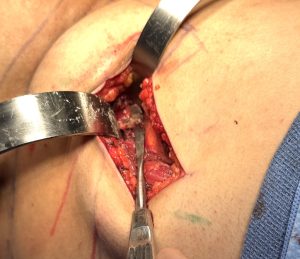

After rib removal a large segment of the exposed lateral border of the latissimus dorsi muscle was removed…which in this patient was expected to be very thick and it was.
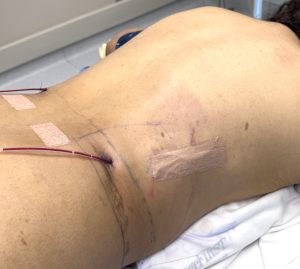
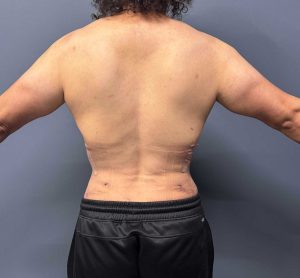
With a torso that has thick tissues by their prior lifestyle it requires doing ever tissue modification procedure that can be done from the skin down to the ribs. Even then it is not certain that visible reduction in the waistline will be seen. This is the type of patient who needs a composite tissue removal approach including fat, muscle and rib.
Key Points:
1) Thick muscular torsos can respond favorably to rib removal for increased waistline definition.
2) Treatment of the latissimus dorsi muscle is an important element of rib removal surgery in the thick torso patient.
3) Garment compression is an important postoperative need in rib removal surgery particularly the thicker the tissue layers are.
Dr. Barry Eppley
World-Renowned Plastic Surgeon

